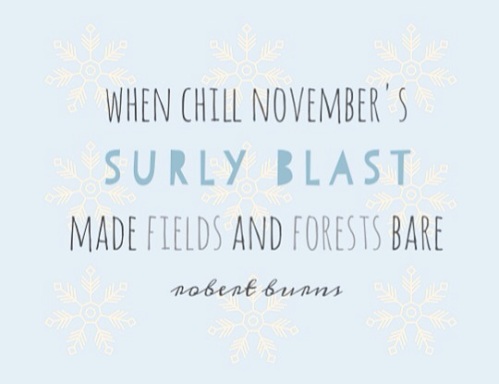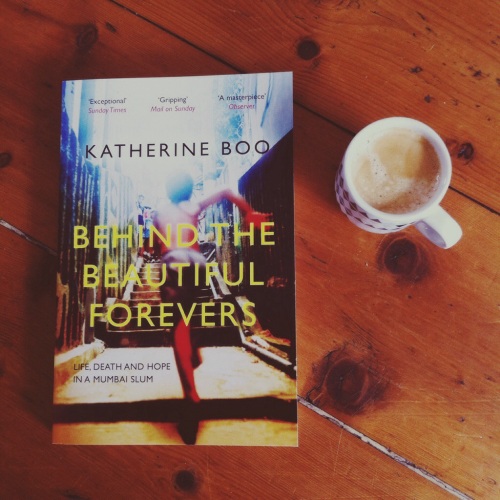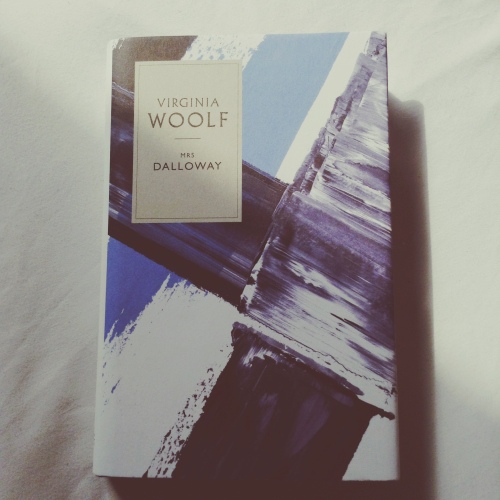Fields and Forests Bare: A Reader’s Update and Returning to Wildfell
After a series of reading misadventures I return to old reading habits, revisiting the Brontës like you would old friends. This week I will be rereading The Tenant of Wildfell Hall. When I last read it back in 2011 (how time flies!) I loved Anne immediately. I’ve since reread Wuthering Heights and continued to adore it, but have never returned to Anne Brontë until now.
I’ve read the first couple of chapters this afternoon and there has already been a subversive feminist Victorian discussion concerning male and female upbringing:
You affirm that virtue is only elicited by temptation; – and you think that a woman cannot be too little exposed to temptation, or too little acquainted with vice, or anything connected therewith – It must be, either, that you think she is essentially vicious, or feeble-minded that she cannot withstand temptation, – and though she may be pure and innocent as long as she is kept in ignorance and restraint, yet, being destitute of real virtue, to teach her how to sin is at once to make her a sinner, and the greater her knowledge, the wider her liberty, the deeper will be her depravity.
I couldn’t read this without thinking about poor Clarissa Harlowe. I look forward to judging the rogue in this novel, now that I have read Clarissa – the battle for the worst husband in literature begins.
In other reading news, I read The Castle of Otranto over Halloween and hated it. I was really surprised, with my usual love of the gothic novel. I had a particularly badly formatted edition which didn’t help. But if you’ve read it – please tell me what you thought of it. I have managed to find a couple of contemporary novels which I would highly recommend: We Are All Completely Beside Ourselves by Karen Joy Fowler (the greatest twist, completely fascinating, best read if you know nothing about it) and All the Light We Cannot See by Anthony Doerr (WWII novel with utterly heartbreakingly beautiful writing).
Finally, the classics spin has come around again, this was my list:
1. Anna Karenina, Leo Tolstoy
2. The Monk, Matthew Lewis
3. The Count of Monte Cristo, Alexandre Dumas
4. The Life of Samuel Johnson, James Bosewell
5. Vilette, Charlotte Brontë
6. Wuthering Heights, Emily Brontë
7. Brideshead Revisited, Evelyn Waugh
8. La Regenta, Leopoldo Alas
9. Lady Chatterley’s Lover, D. H. Lawrence
10. A Little Princess, Frances Hodgson Burnett
11. David Copperfield, Charles Dickens
12. A Room of One’s Own, Virginia Woolf
13. The History of Tom Jones: A Foundling, Henry Fielding
14. Three Men in a Boat, Jerome K. Jerome
15. Lolita, Vladimir Nabokov
16. War and Peace, Leo Tolstoy
17. Ivanhoe, Walter Scott
18. Tess of the D’Urbervilles, Thomas Hardy
19. Little Women, Louisa M. Alcott
20. Pamela, Samuel Richardson
So I will be reading The History of Tom Jones: A Foundling by Henry Fielding by January 5th. What did you get in the spin? Does anyone want to read along with me?
Hope you have all had a great weekend, I spent today stomping around in the mud with my friend whilst wearing inappropriate footwear. For now, back to the ragged rocks of Wildfell Hall.






